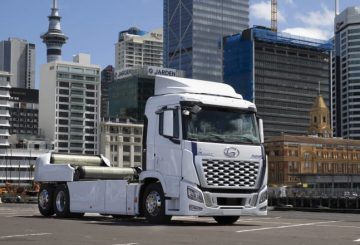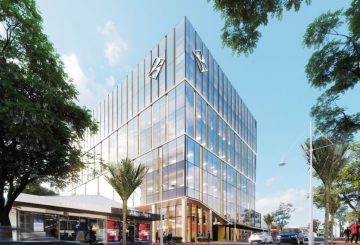남섬에 위치한 고등 교육 기관의 국제 학생 수가 Covid-19로 인해 계속 영향을 받고 있다.
코로나 이전인 2019년에는 약 3,000명의 유학생이 오타고 대학교에 다녔다고 Jason Cushen 국제사무국장이 밝혔다.
2020년 이후 정부의 배정을 통해 148명의 학생이 대학 복학 허가를 받았다.
현재까지 이들 학생 중 91명은 뉴질랜드로 돌아왔고 57명은 아직 해외에 있었지만 곧 귀국할 예정이다.
SIT 국제원장인 Chami Abeysinghe는 유학생 수가 급격히 감소하고 있다고 말했다.
“2022년에는 약 300명의 유학생들이 있을 것으로 보이나, 대다수는 프로그램을 마친 재학생들이다” 라고 전했다.
유학생은 정부의 면제가 있는 경우에만 뉴질랜드에 입국할 수 있다.
올해 정부는 1,000명의 유학생이 뉴질랜드에서 공부할 수 있도록 허용했으며, 그 중 300명이 대학생이다.
교육부에 따르면 나머지 학생들은 준학사 과정(300명)과 조종사 교육생(400명)이다.
유학생들은 학생 비자를 신청하고 캠퍼스에 도착하기 전에 MIQ에 머물며 수업을 시작하거나 재개해야 한다.
오타고 대학교는 뉴질랜드 이민국이 지난해 말 Provider Direct 프로그램을 중단한 뒤 학생 비자 신청을 더 이상 처리할 수 없게 됐다.
Cushen씨는 오타고 대학교에서는 해외에서 공부를 시작하거나 계속하기를 원하는 학생들을 위해 온라인으로 다양한 프로그램을 제공할 수 있도록 준비했다고 말했다.
해외에서 공부 한 학생들은 캠퍼스 학생들과 동일한 장학금 및 수업료를 받았다.
오타고 대학교 학생회장 Melissa Lama는 유학생들이 줄어들어 안타깝지만 정부가 유학생 수를 제한하려는 방식을 이해한다고 말했다.
“우리 학생회와 재학생들은 유학생들이 가져다 주는 독특한 문화에 대해 감사히 여긴다”면서 조만간 많은 유학생들을 환영할 수 있길 바란다고 덧붙였다.
2019년 22,000명이 조금 넘는 정규 유학생이 총 5,6230만 달러의 수업료를 지불했다. 담당 부처 대변인은 2021년과 2022년의 수치는 2019년 70%로 추정된다고 밝혔다.





























































